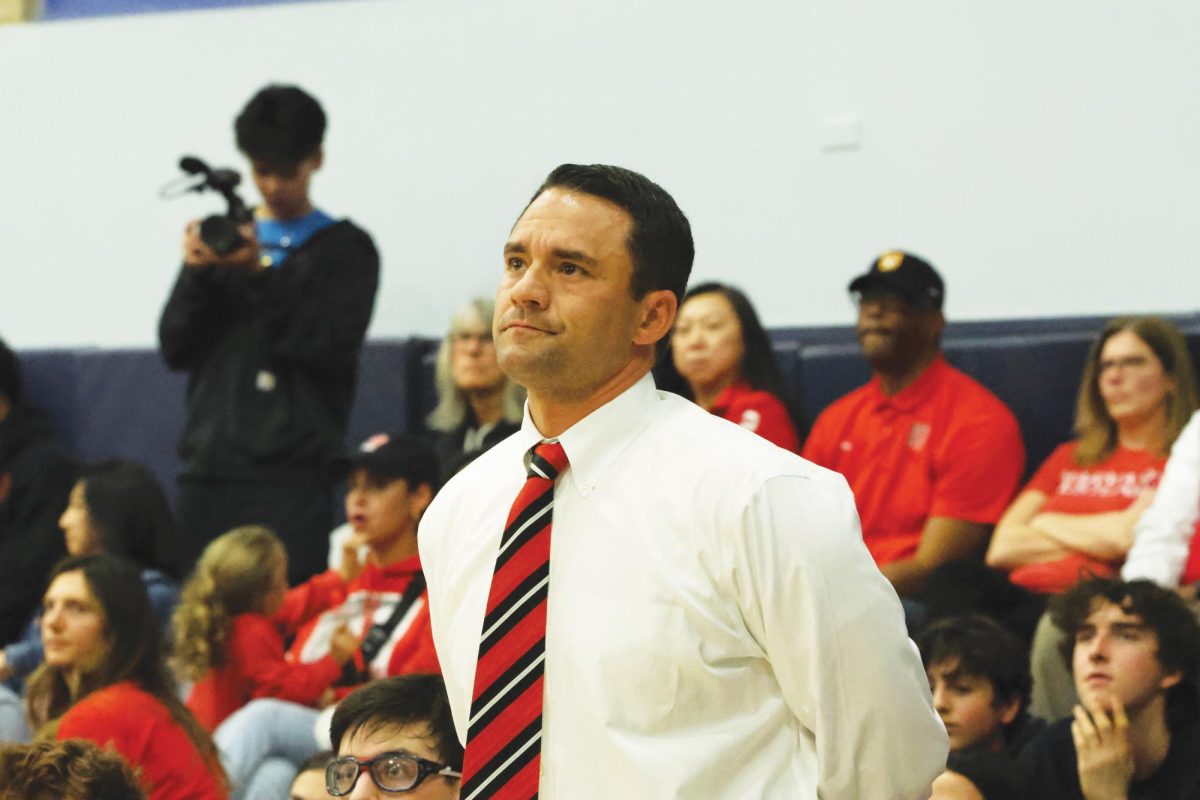By Megan Kawasaki and Tiffany Liao
In her sophomore year, while many students were enjoying their winter breaks, Nina* ’12 spent almost her entire vacation in a hospital room recovering from corrective back surgery.
Nina was diagnosed at a young age with scoliosis, a condition in which the spine unnaturally curves into an “S” shape. Despite this condition, Nina never felt much pain and was not bothered by it.
As she grew older, her scoliosis worsened, and her doctor advised her to wear a back brace, which she did during the eighth and ninth grades. However, the apparatus did nothing to shape her backbone or ease her scoliosis.
“It was not helpful, so I stopped wearing it,” she said.
Having had no luck with the back brace, Nina considered surgery at the urging of her doctor. After much deliberation, Nina and her parents decided she would go through with the procedure.
Nina went to Cedars-Sinai Medical Center for corrective surgery. She spent a total of five weeks undergoing and recovering from the operation.
She did not feel much pain because she was put on morphine after the surgery.
“I was out of it the whole time, so I don’t really remember,” she said.
Doctors placed a 10-inch titanium pole into Nina’s back to provide support for her spine as bones fused together. As a result, her backbone is now sturdier and straighter.
Throughout her stay, her friends tried to visit her in the hospital but were not allowed past the lobby due to hospital policy.
“I really liked their cards,” Nina said. “It was really sweet.”
After the surgery, Nina was a bit hesitant about doing any physical activities, including yoga.
“I didn’t do anything too rigorous out of fear, not because I couldn’t,” she said.
By the time junior year came around, the surgery no longer affected Nina or her everyday life in any way.
Scoliosis is very common, and over seven million people each year are diagnosed with it. According to the American Academy of Orthopaedic Surgeons, scoliosis is idiopathic, meaning that the cause for it is currently unknown. It is often hard to catch it early though because there is no noticeable pain in the beginning stages of scoliosis.
Caleb* ’12 was diagnosed with scoliosis in September 2009 during an annual checkup. Like Nina, he also required surgery to correct his spine.
Initially, the curvature of his backbone was at 27 degrees, so his doctor urged him to wear a back brace. However, Caleb felt that it was ineffective.
“I really hated it, so I didn’t wear it that often, especially since the back brace had no guarantee of working since my scoliosis was pretty bad,” he said.
Over the next nine months, his spine continued to curve at a sharper angle. However, even with severe scoliosis and mild pain, he felt that his day-to-day life was normal.
By June of 2010, his scoliosis had progressed dramatically, and his spine was curved at a 65 degree angle, making surgery necessary.
“The usual cutoff for surgery for most surgeons is around 30 degrees curvature. My curve was around 60 degrees when I went for surgery,” he said.
Caleb underwent the operation that month in order to straighten his backbone. Afterwards, he gained a whole inch in height, and his spine is now bent at an angle of around 20 degrees. He feels that his back is in much less pain than before, but the scope of his activities is more limited.
“I couldn’t really do much in the way of sports, and I’m not allowed to play contact sports from now on,” Caleb said.
Despite the prevalence of scoliosis, the AAOS claims that only a few cases require medical intervention and surgery. It can usually be left alone if it is not too severe and is often highly managable.
“It’s subtle stuff,” Caleb said. “You only find scoliosis if you’re really looking for it. It’s more common than most people realize.”
* names have been changed





































